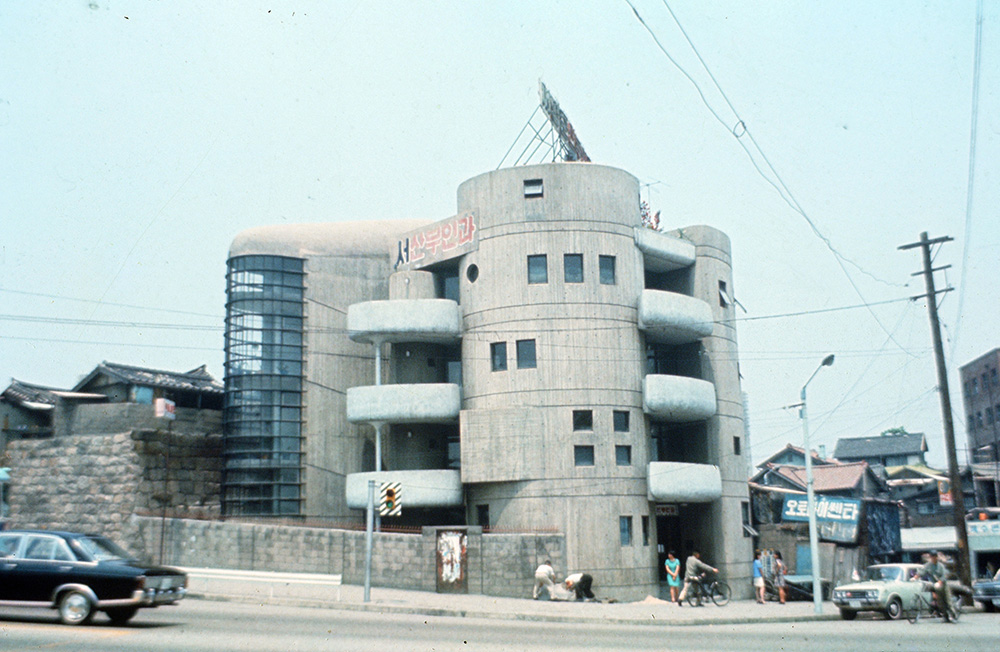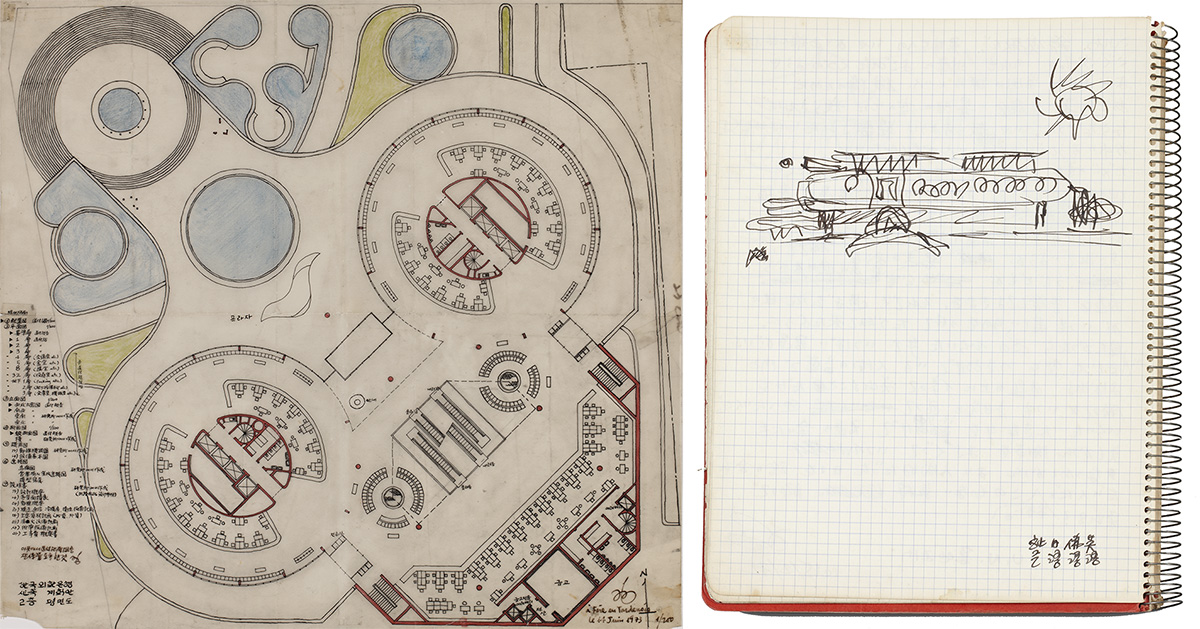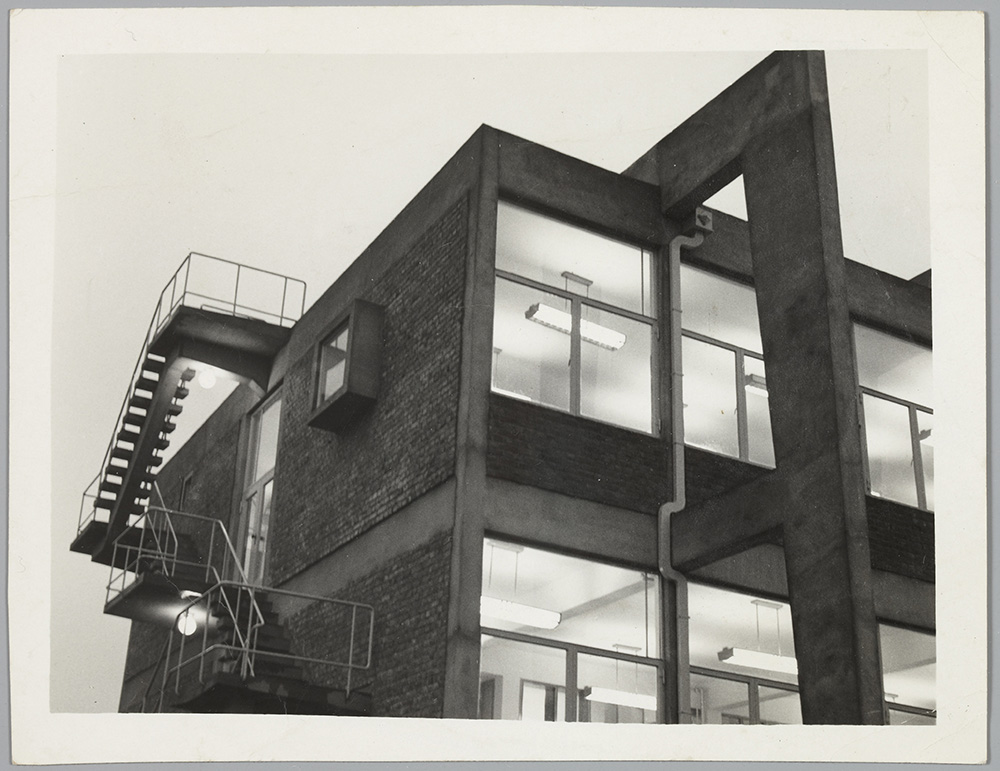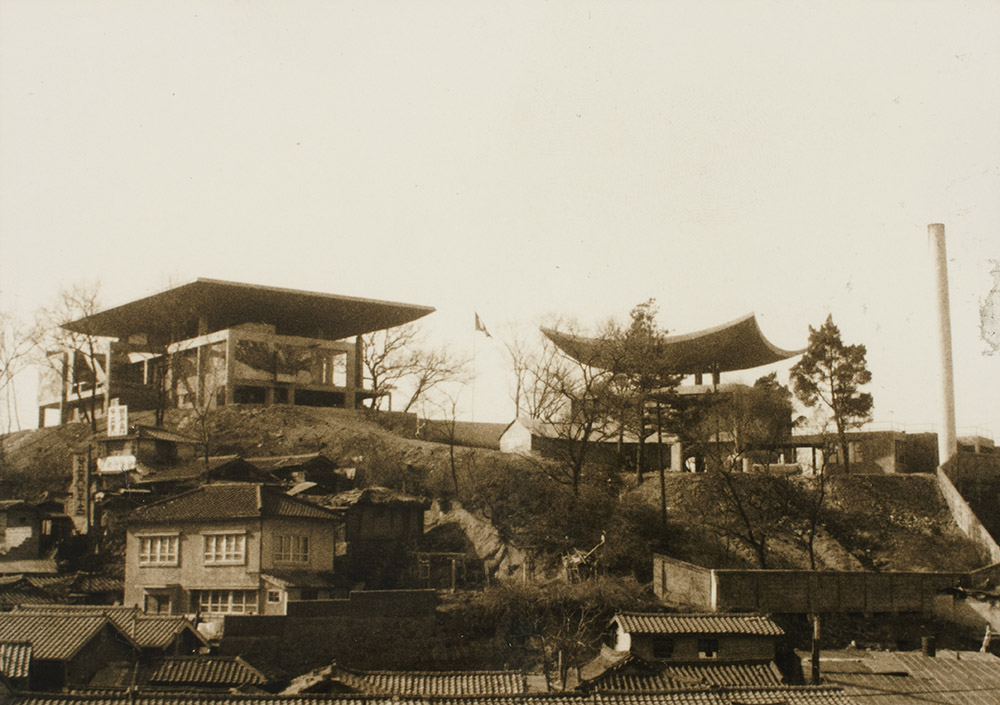ARCHITECTURE:Kim Chung-Up,Dialogue

As the only Korean who worked in Le Corbusier’s atelier, Kim Chung-up (1922-1988) laid the foundation for contemporary Korean architecture after returning to his war-devastated country. Yet his unwillingness to conform to Park Chung-hee’s military regime prevented him from rising to the role of state architect that he deserved, and until now, the details of his time in Paris have remained obscure.
By Dimitris Lempesis
Photo: MMCA Archive
The exhibition “Dialogue” at the National Museum of Modern and Contemporary Art-Korea in Seoul spotlights the work of the Korean Architect Kim Chung-up on the 30th anniversary of the architect’s death. This exhibition foregoes presenting a retrospective of Kim’s life and works to highlighting hidden aspects of the architect who not only introduced modern architecture to Korea but played a significant role in the history of Korean architecture, culture, and art. Over 3,000 works and materials are on display along with photo and video works specially produced for this exhibition to offer a full perspective on the architect. The exhibition begins with a timeline of Kim Chun-up’s works in reverse chronological order and extends into four themes entitled “Globalism and Localism” “Artistic Thinking and Practice” “City and Desire” and “Memory and Regeneration” examining the specific contexts that surrounded the artist and his works at the time. The exhibition observes Kim Chung-up’s later works that have yet to be sufficiently discussed and examines the process of collaborative works with: Kim Whanki, Lee Jungseob, Youn Myeung-ro, Lee Seung-taek, and Baek Geumnam. Also offering a glimpse into the architect’s thoughts on an ideal city, this exhibition is expected to open up discussions for the nascent studies on Korean architects, creating dialogues about architecture, art, and the various social networks existing in the Korean society. Kim Chung-up was born in 1922. He graduated Yokohama Technical High School and took on an assistant professorship at Seoul National University College of Engineering in 1948. With the outbreak of the Korean War, he relocated to Busan and actively interacted with other artists until an opportunity rose through the 1952 International Conference of Artists in Venice and he set off to Paris. On 17/10/1952 Kim Chung-up called on Le Corbusier and displayed his will to work at his studio, presenting him with his business card. At that time, Corbusier’s studio was in need of a lot of manpower since it was involved in designing and constructing many buildings for projects Kim was given a test and then accepted by the studio. Kim took part in designing buildings for the Chandigarh and Ahmedabad projects; the Maisons Jaoul located in Neuilly, a suburb in Paris; and the Unité d’Habitation in Rezé, Nantes. The career certificate for Kim issued by Le Corbusier’s studio indicates that Kim worked at the studio until 28/12/1955. He came back to Korea in late February of 1956. Shortly after returning home on he founded the Atelier Kim Chung-up in Kwanhoon-dong, Seoul and began designing original architecture that married modernism and Korean traditional elements, such as the main building of Pusan National University and the French Embassy in Korea, the Pilgrim Hall, the Incheon Marine Service, and the Mukho Marine Service. After about one year had passed, Kim held the “Kim Chung-up Architecture Exhibition” which brought together the works he had thus far done at the Information and News Center. Reviews were even published in newspapers since the exhibition of architectural pieces was still very rare at the time. Kim commented on this exhibition as the following: “These works on show at the exhibition are milestones forged by an effort to open up a path to new architecture through a graft of Western modeling spirit onto Eastern modeling tradition”. The Samil Building, completed just before Kim’s deportation to Paris for publishing a criticism of the government over the Gwangju Grand Housing Complex incident in 1971, was the tallest building in Seoul at the time, symbolic of the city’s stature, later becoming known as one of Kim’s representative works. Kim Chung-up returned to Korea from France in 1978 when the Korean society was going through rapid changes, and around this time, his works began showing aspects of futurism. Unfortunately, most of his later-year designs that aimed for utopian idealism failed to materialize, leaving the World Peace Gate commemorative of the 1988 Olympics as his final work.
Info: National Museum of Modern and Contemporary Art-Korea, 30 Samcheong-ro, Sogyeok-dong, Jongno-gu, Seoul, Duration: 30/8-16/12/18, Days & Hours: March-October: Tue-Fri & Sat 10:00-18:00, Sat 10:00-21:00, November-February: Tue-Fri & Sat 10:00-17:00, Sat 10:00-21:00, www.mmca.go.kr








